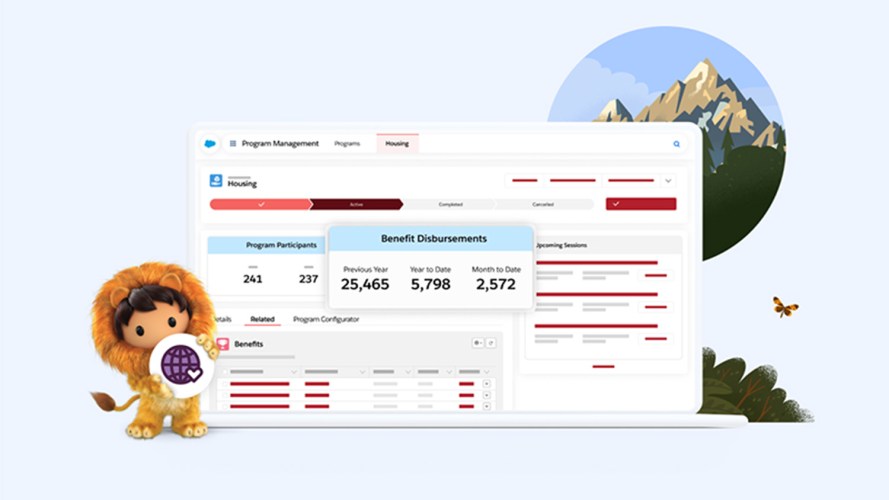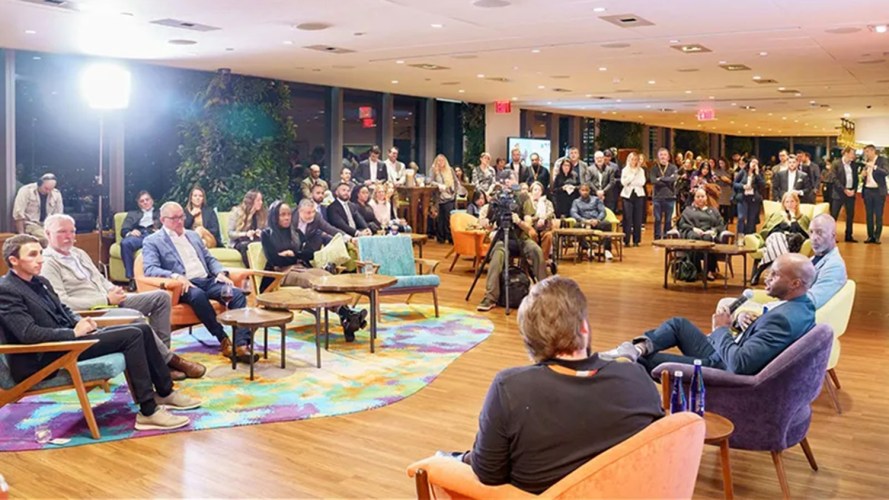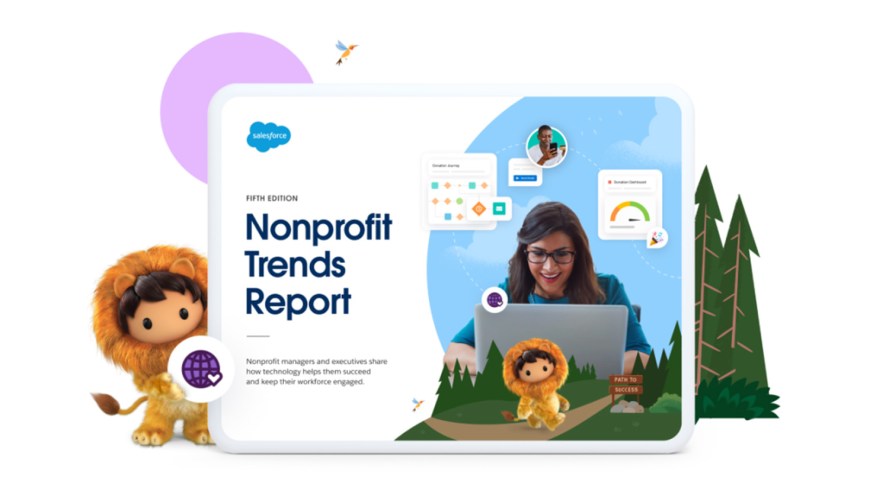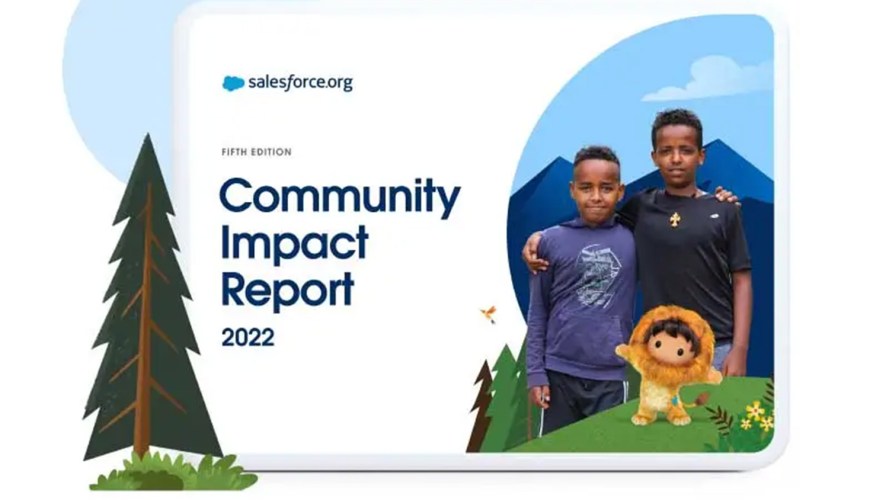Impact Management: Measuring, Evaluating, and Maximizing Impact at Your Nonprofit




Lori Freeman
The rate of innovation and advancement in technologies has been extraordinary over the past year, and organizations of all shapes and sizes need to keep pace. Demonstrating impact, an essential part of any impact management strategy for nonprofit, and making change for good is the raison d’etre of every organization. With an increasing level of pressure to report on impact, taking a single step to meet this requirement is a great start.
Sector trends tell us that the years ahead are likely to see shortfalls in funding for nonprofits, necessitating changes in strategy and tactics now in order to avoid disaster later. We also know that nurturing active supporter and advocate relationships is more fruitful and beneficial for your movement than the effort needed to acquire new supporters. How does impact relate to both of these trends?
Without proof of success, securing funding is difficult. This is part of a vicious or virtuous cycle. Impact measurement — the process of measuring and communicating your nonprofit’s impact — can effectively convey the value and outcomes of your work to your stakeholders, which in return funds more impact.
For this reason, having great impact management tools and a sound impact management strategy is an essential part of the nonprofit sector’s accountability and effectiveness. The right technology is instrumental in making this happen by unifying your platform, implementing impact management strategies, and defining what the organization is measuring.
With that in mind, here are four reasons nonprofits should make the move to leverage outcomes and program data in fundraising to maximize impact management.
1. Unified data and efficient reporting maximizes impact management.
Enabling any team in your organization to access and report on program delivery and outcomes, easily, is key to driving more impact.
Such functionality also reduces the gargantuan effort this once took, when fundraisers lacked visibility on outcomes with data siloed across multiple systems and spreadsheets. They can maximize funding by linking donations and gifts to impact, in a transparent and real-time way.
Program teams also free up more time to focus on program delivery as fundraisers and marketers self-serve the proof points they need, without having access to sensitive information.
2. Aligned teams means better communication.
A great benefit of such aligned and open communication is that supporters understand the value of their contributions to achieving the mission.
As a result of a sound impact management strategy that bridges the gap between fundraising teams and program teams, the fundraisers can base new fundraising proposals on programs that have been prioritized by the programs team. Team alignment across an organization not only fosters a stronger and more cohesive work environment, it also makes for easier and more efficient reporting later. And better reporting means stronger donor trust.
3. Real-time program data builds donor trust.
Fundraisers can see aggregated program data defined by their metrics in real time. In order to update funders and donors on the outcome of their gifts, fundraisers can select specific programs and have access to aggregated data to report back without waiting for program managers’ reports or the end of a program summary. This puts fundraisers in a position to prove donations made were used wisely, and help retain and uplevel funders.
This is possible without fundraisers needing access to program participants’ personal information or any sensitive data, thus preserving the security of individual data and upholding the trust of participants.
4. Measuring progress against targets increases efficiency.
Fundraising and programs teams can set the time-bound targets together and can view progress against targets, all in one system. Such alignment and collaboration increases efficiency but also effectiveness in achieving the impact goals set out.
For example, when a new grant is received, both teams can have a shared source of data around when and what needs to be reported back to the funder. This source of truth sits next to actual results, making it easier to monitor if you’re on track.
All of the above sounds great, right? Anyone who’s worked at a nonprofit knows it’s easier said than done. Barriers exist to getting the right data in front of the right people efficiently so that you can accelerate decision making about programs and outcomes, decrease manual effort, and free up time and resources to focus on high value impact work.
Regardless of where your organization may be along the impact management maturity spectrum — novice, striving, or expert — leveraging outcomes and program data in fundraising is now a much less daunting task. New technology means you can track outcomes and programs, determine effectiveness for participants, and share the proof of your impact with funders for more transparency.
In the final quarter of the year, organizations are focused on planning end of year campaigns, strategizing for the short- and mid-terms, and prioritizing investments for the year ahead. If there is one step that you consider making in the midst of it all, it should be gaining better alignment and collaboration between fundraising and program teams to maximize impact management for nonprofit organizations.
Effective impact management starts with unified data.
Learn how one tool can help with every aspect of your organization’s operations.






























